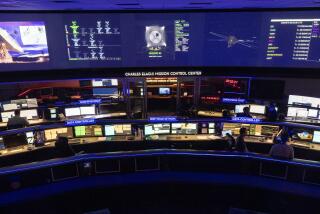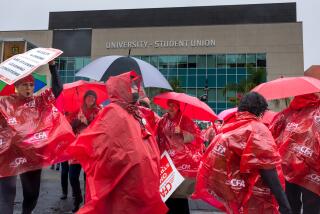For scientists, the ripple effects of the government shutdown are still spreading
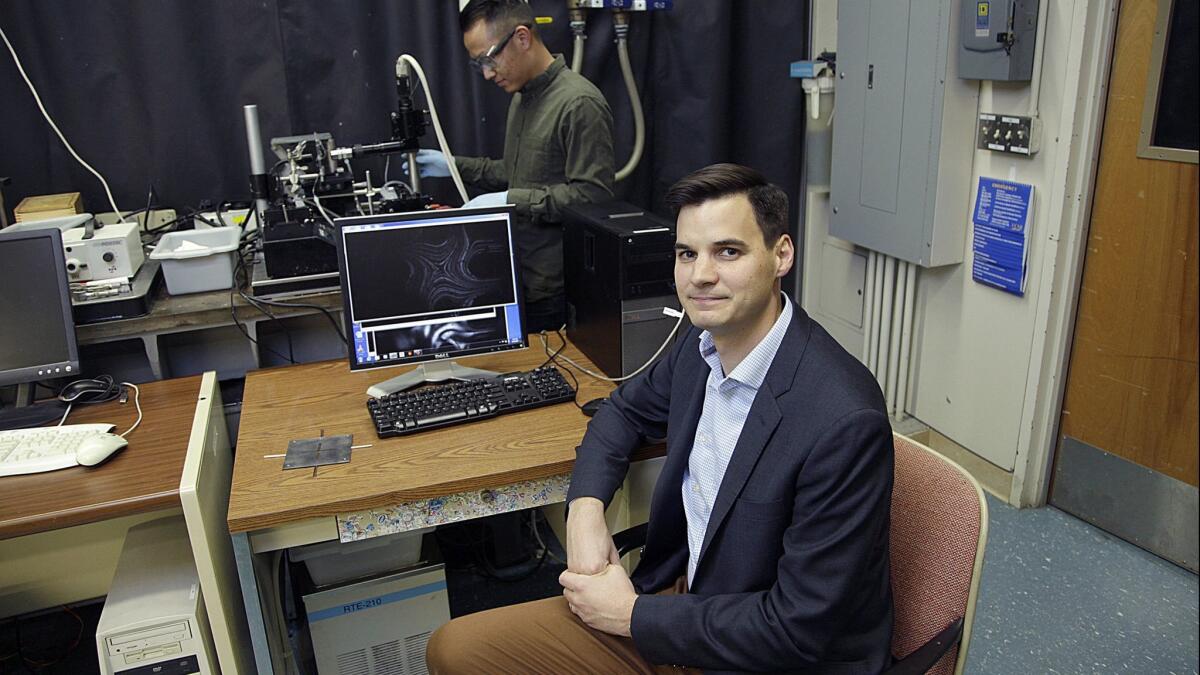
Matt Helgeson knew it was time to pull the plug.
For weeks, the UC Santa Barbara professor of chemical engineering had held out hope that politicians in Washington would find a way to end the government shutdown. If they did, his graduate students could still make their long-planned trip to Maryland to conduct experiments at the National Institute of Standards and Technology’s Center for Neutron Research in mid-January.
A slot at the NCNR is a precious commodity, and Helgeson’s students had spent six months meticulously preparing for theirs. But every day the shutdown limped on, their prospects grew dimmer and their nerves more frayed.
The final blow came when President Trump addressed the nation from the Oval Office and doubled down on his demand for a border wall — which Democrats refused to fund.
Helgeson called the two students into his office the next day. They skimmed the latest headlines to convince themselves that they had lost their shot. Nobody at the NCNR could give them any guidance; most employees were furloughed.
They bailed.
“This is apparently the reality now,” Helgeson told his students. “It’s really unfortunate that all of your work and resources are lost because of what is more or less political infighting.”
More than a month later, the researchers are still coping with the fallout. Helgeson’s students finally left for the NCNR on Monday and will work through the weekend, now that lawmakers have averted a second shutdown.
They are just a few of the scientists who were hobbled by the 35-day lapse in federal funding that began just before Christmas. The government reopened on Jan. 26, but the shutdown’s effects continue to ripple through the global scientific community.
The closure of the NCNR alone affected hundreds of researchers, and will complicate the center’s operations for at least six months, according to the NIST’s own assessment.
Set in the Washington suburb of Gaithersburg, Md., the NCNR is one of just three neutron-scattering facilities in the country. It houses a nuclear reactor that produces streams of particles, which scientists use to study superconductors, plastics, drug compounds and a variety of other materials.
Neutrons don’t carry an electrical charge, so they can pass right through substances and reveal their structure and magnetic properties on an atomic level, said UC Berkeley physicist Bob Birgeneau.
“They are a unique and important probe,” he said — which is why the NCNR’s instruments are booked up months in advance.
When the shutdown began, the NCNR’s reactor had been powered down for routine maintenance over the holidays. It didn’t come back on in early January as planned. Instead, the reactor sat quiet while dozens of staff scientists were forced to stayed home.
The NIST hasn’t released a detailed account of the full impact on federal researchers. But in a recent meeting with a committee of the NCNR’s users, agency representatives shared a few figures that hint at the broader effect on U.S. research: Taking the facility’s 29 instruments down for 25 days of planned operations cost scientists 725 days — nearly two years — of work and represented $3.5 million in lost value.
More than 100 experiments were canceled, according to Michael Hore, a materials scientist at Case Western Reserve University who sits on the user committee. And 200 to 300 government, university and industry researchers were directly affected, Hore estimated, because most experiments involve a minimum of two or three scientists.
The disruption has created a range of problems, from the personal to the professional, the economic to the intellectual.
Many researchers had to absorb hundreds of dollars in travel expenses for trips that never happened. Jodie Lutkenhaus, a chemical engineer at Texas A&M who studies thin films like those used in anti-reflective coatings, had to pay more than $300 for a canceled plane ticket and rental car when her student had to miss an experiment at the NCNR scheduled for Jan. 23.
Lutkenhaus covered the costs with funds she normally uses for conference travel and lab repairs. Now that money “isn’t going toward the pursuit of academic research,” she said.
One graduate student at the University of Tennessee had arranged for her in-laws to visit and care for her young child while she traveled to the NCNR. She’ll have to make new plans when her experiment is rescheduled for this spring.
In addition to eating nearly $1,000 worth of travel costs, Helgeson’s students scrapped the samples they had planned to analyze. They study the behavior of tiny particles suspended in fluids and emulsions, like those used in injection molding and to make certain kinds of drugs, but the solids can settle out of solution over time.
“The actual raw materials weren’t all that expensive,” Helgeson said. “But it is quite a bit of time for the students to prepare those materials.”
Yumi Ijiri, a physicist at Oberlin College in Ohio, had the opposite problem: The shutdown meant that NCNR’s staff could not prepare for her experiment, which was originally scheduled for this week. It will be the first time the NCNR uses polarized neutrons in a new instrument, a technique that allows researchers to better distinguish the magnetic qualities of a material from its structural properties. NIST scientists had to make custom parts and tweak their software before Ijiri’s team arrived.
“And that all didn’t happen,” she said.
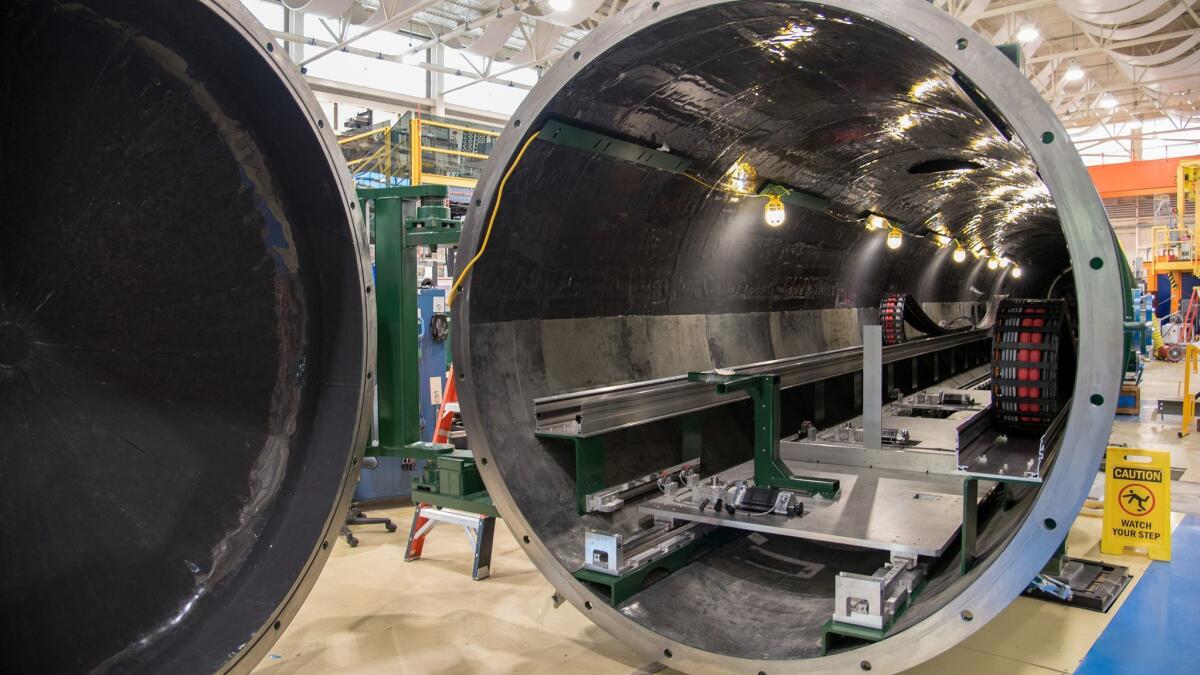
The consequences of the shutdown will spread over months, and maybe years, as the facility clears its backlog.
Hore had an experiment planned for this spring, which will likely be bumped to accommodate rebookings. “From what I’m told,” Hore said, “the soonest we can make measurements will be sometime in the fall.”
One of his graduate students needs those data to finish his PhD; without it, he’ll likely have to stay on for another semester or two. “This is holding him back,” said Hore, who has to find a way to pay him for the extra time. (One option: Holding off on having a new student join his lab.)
Indeed, delays could be particularly devastating for scientists who are just starting out, said Birgeneau, who studies high-temperature superconductors like those used in MRI machines and satellites.
Two post-doctoral researchers in his lab had their NCNR experiments postponed for several months. That may not seem like a long time, he said, but post-docs only have a few years to crank out high-impact work to help launch their careers.
“They are going to be competing for jobs with other people who weren’t reliant on federal government facilities that were shut down,” he said.
The closure will hamper many researchers’ abilities to apply for new grants and additional time at the NCNR, which is only awarded twice a year, and to publish scientific papers. Already, the NIST estimates that the shutdown has held up about 35 research articles.
Mark Dadmun, a polymer scientist at the University of Tennessee in Knoxville, studies materials used in 3-D printing and ways to make them stronger. His January experiment has been rescheduled for April, and an upcoming measurement has been pushed even later. The delay affects not just him but also his partners on a multimillion-dollar research project.
“I’ve got about three other collaborators that are waiting for our results,” he said.
Stephen Wilson, a materials scientist at UC Santa Barbara, said the shutdown puts all U.S. scientists at a disadvantage. “Science, to a large degree, is a race,” he said.
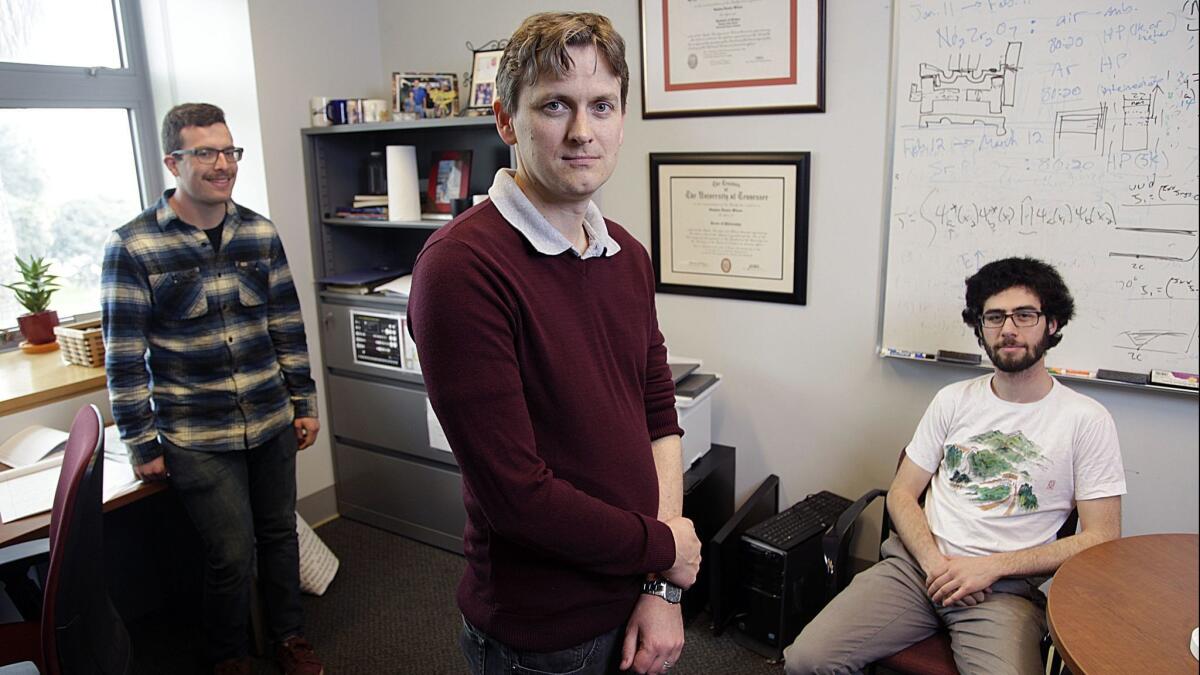
Wilson studies materials for quantum computing, and he’s one of many researchers jockeying to produce technology that will underpin the next generation of electronics. The shutdown thwarted his plans to wrap up a yearlong project with some final measurements at the NCNR last month.
“It certainly slows down our research,” he said. “Internationally, people don’t care the reason.”
The NCNR also serves companies such as Toyota, Dow Chemical, Pfizer, and L’Oreal. The shutdown’s direct effect on them remains unclear, but it certainly undermined a primary goal of the center’s industrial consortium: to provide industry with “predictable and timely access to neutron facilities,” according to the NIST’s website.
Right now, NCNR staffers are scrambling to make new plans. “They’ve been working very hard to reschedule everyone,” Wilson said.
Complicating matters was the looming threat of a second shutdown. Some researchers feared they would make it to the NCNR, only to be stymied again when the government’s temporary funding ran out.
On Thursday, the White House said Trump would sign a deal hashed out by lawmakers to keep the government open. But that announcement came too late for some.
Anine Border, a doctoral student from Denmark who studies polystyrene, had an experiment slated to begin Feb. 22, but she postponed her trip until mid-April, just in case.
The experience has been eye-opening for her. ”The political situation in a completely different country across the Atlantic can actually affect the course of my PhD,” she said. “I definitely did not expect that.”
